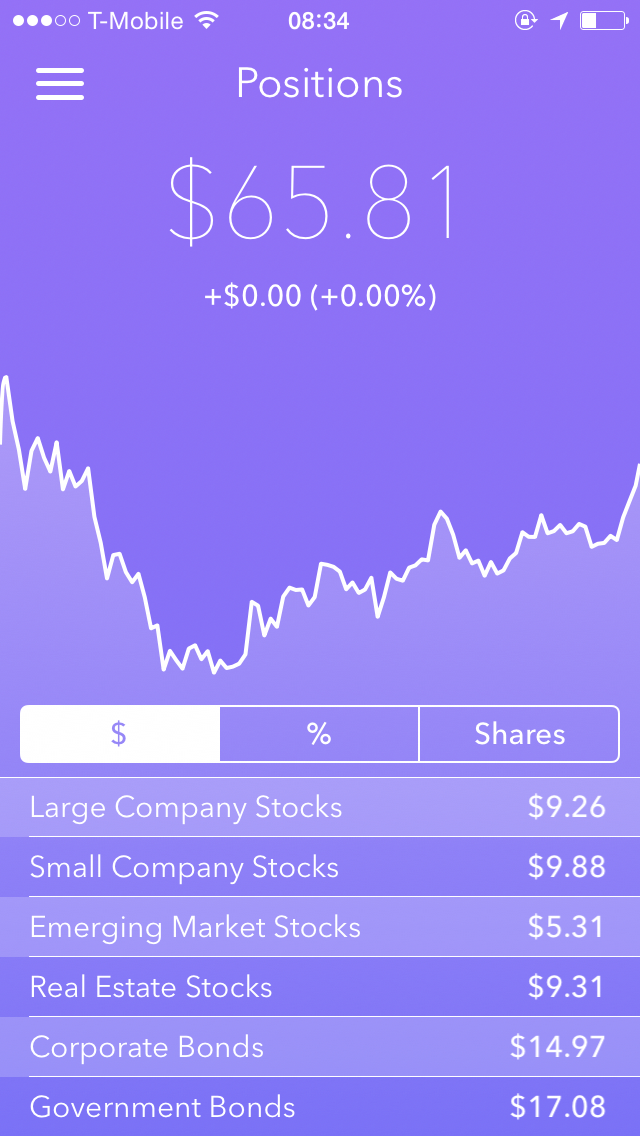Instacart Advertising – How these guys will bring digital advertising to the supermarket
I’m an avid Instacart user, why? Because it means I eat out less, it’s easy to do and who doesn’t like convenience. This simple app lets you order items from your local supermarket, then select when you’d like them delivered.
Yesterday whilst preparing an order, I realized a few things. Instacart because it isn’t a supermarket but has all the data a supermarket should be able (but doesn’t really) utilise, they could do some amazing things to innovate in bringing digital thinking to food shopping.
Here’s a few thoughts:
1) They can do specials.
Discounts off food, and like the supermarket these will be paid for by the brands.
2) They can target these offers
They know my address, general profile information by zip but also what I spend and categories of shopping.
3) They can optimize against performance
Imagine as a brand, optimizing per basket add. You only serve the offer up to people in a limited area, customize your offer and optimize against basket adds. You can then roll that out national or by zip code.
4) They know (and can affect) loyalty
Or going a step further, you could incentivize or pay for loyalty. Pay more for someone that adds your product to their basket four times in a row.
5) Drop off campaigns
Target people who used to buy your product but haven’t in the last three shops.
And that’s just the start, I look forward to seeing Instacart opening this up to brands, I imagine at the right time this will be massive for them.
—
PS
This is also a potential Amazon Direct play. They already have the ad engine and recommendation engine just not targeted at this area.
